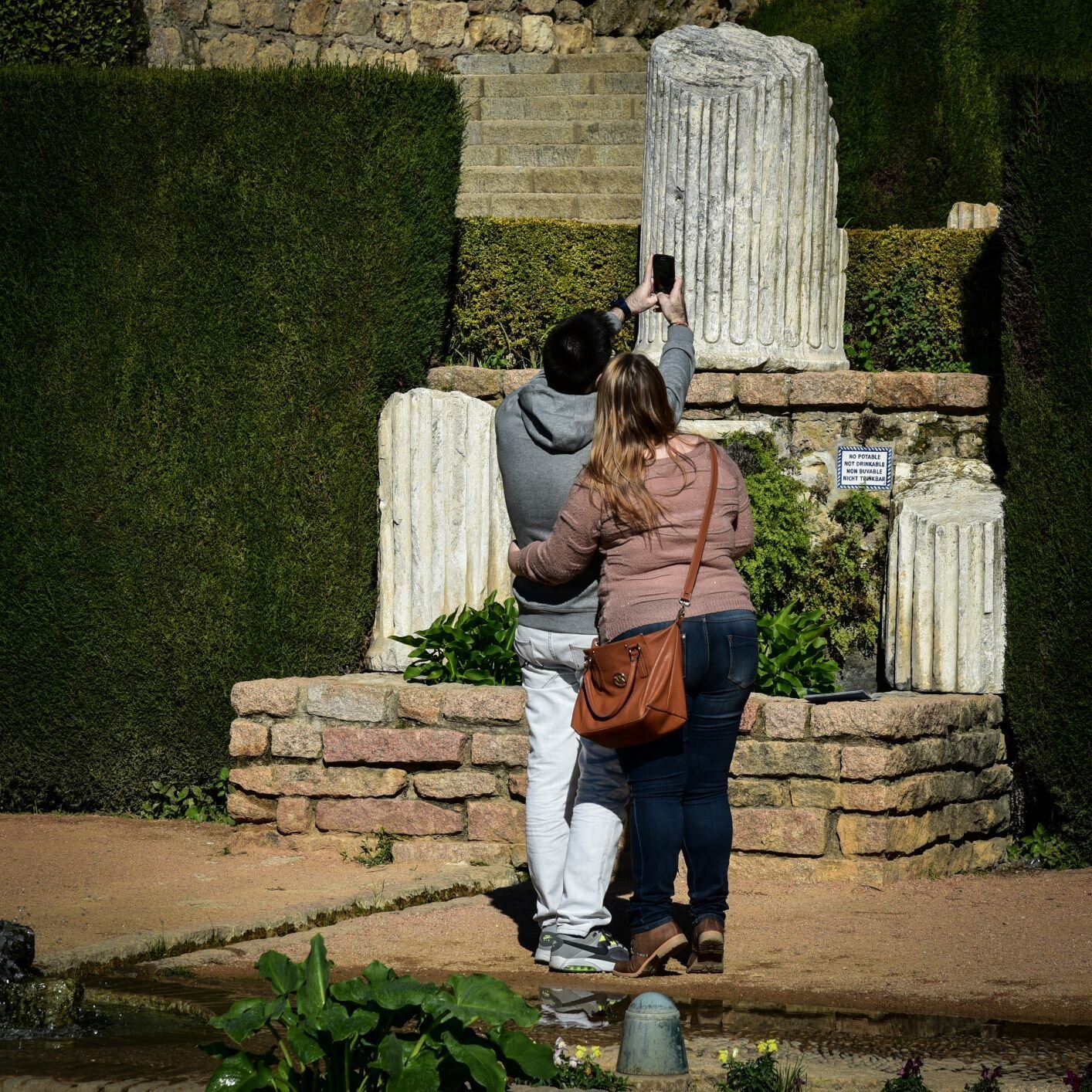A Short History of Spain- Part 2: The Roman Project
In over my head........
As I started to collect my notes for this post, I realized that I might have gotten in over my head. How can I produce almost 600 years of Roman history in two or three pages? I realized quickly that I was going to have to cheat….kind of. If you recall from the introduction to this series, and then subsequently in my post on pre-Roman Iberia, I laid out an objective. That objective is to help us in interpreting modern Spain and then perhaps gaining a better understanding of our own world. So to this end, I have cherry-picked some of the aspects of Spain’s Roman past that contribute to the long-term themes that will help us to gain context.
The massive bridge in Cordoba formed part of the Via Augusta connecting Rome and Cadiz
Most people (myself included at times) tend to consider Rome’s impact on the Peninsula mainly from an infrastructure perspective. Why? Because we can still see it. We can visit the amphitheater in Merida, the aqueduct in Segovia, or the bridge over the Guadalquivir in Cordoba. We can drive along modern Spanish highways knowing that the underlying stone were laid two millennia ago. That being said, it is not the infrastructure itself that caused the roots of Spain to emerge. It's more complicated than that. The bridges, roads, and other remains are just a reflection of often invisible but living impacts.
Resistance as Legacy
Let’s start with the fact that the Romans suffered. Unlike the Phoenicians, the Greeks, and the Carthaginians, the Romans were not satisfied with the coastal areas. They wanted to control the mining and agricultural wealth of the vast Iberian interior, occupied for centuries by warrior Celtic tribes. Their ambition would indeed result in their eventual hegemony but at a terrible cost. Furthermore, this 200-year process of conquest, although forging a somewhat unified set of peninsular provinces, would also form the seeds of myth that would create the “idea” of a unified Spain over the next 2000 years.
Perhaps the most poignant national “memory” of the Roman period was immortalized in the 16thCentury by Miguel Cervantes in his tragedy, The Siege of Numantia. Numantia was a fortified community in the interior hills of Spain near present-day Soria and it was here that about 3000 Celts held out against Scipio’s legions. Although their defeat was inevitable, in the same way that the Spartans had to perish at the Hot Springs, it eventually created an anchor point in myth and history that could be relied upon in the future to fight the typically centrifugal characteristic of peninsular politics. Cervantes’ work implied a Hebrew-like pact with God that would later manifest itself in the power of the Spanish Empire. Numantia would be a battle cry for all sides two thousand years later during the Spanish Civil War, manipulated for whatever purpose needed to be served at the moment. In any case, from an historical point of view, Numantia did put an end to the first phase of the Roman conquest (133 BCE).
Typical Cantabrian Terrain
There are many other stories to be told about the Spanish resistance. The legions faced a new type of warfare in the Cantabrian mountains of the north. Rather than set-piece battles in the open or traditional sieges, the Romans faced “the little war” (guerrillain Spanish) for the first time. The Cantabrian campaign (29-19 BCE) became so complex and challenging that Augustus himself made the long journey from Rome to personally take command. This guerilla-style warfare facilitated by Spain’s geography would plague invaders of the Peninsula for centuries to come. Napoleon himself could not overcome this unconventional harassment facilitated by mountainous terrain and evolving small unit tactics. Franco was also was burdened with guerilla fighting that lasted for over 20 years beyond the formal end of the Civil War (1939). Although the Peninsula would finally succumb to Rome and become an integral component of the Empire for centuries, it can be argued that this spirit of resistance was a central legacy. To argue that this legacy reflected a national unity would be an extreme interpretation. Rather, I believe, it continues to reflect a sense of inherent independence that has impacted Spain in both helpful and destructive ways.
The Aqueduct of Segovia as a backdrop to modern life
Hispania: The Crown Jewel of the Empire
Although the spirit of resistance is an important legacy of the Roman period, it is hardly the end of the story. Iberia would go on to be a crown jewel of Rome's imperial system. At least politically, the Iberians became Romans. In fact, Hispania (as the Romans called Iberia) would produce a number of native sons that are still known to us today and recognized among the first “Spaniards” to make history outside of the Peninsula. These include the Emperors Trajan, Hadrian, and Marcus Aurelius, as well as great thinkers such as the Stoic statesman-philosopher Seneca.
Rome’s Latin would slowly replace the various Celt and Ibero tribal tongues. That being said, once Rome’s tide receded and the Peninsula began to fracture again politically, Vulgar Latin began to fracture as well resulting in Gallaecian, Portuguese, Catalan, Castilian, and dozens of distinct dialects that today fall into the Romance family of languages. One of the themes of Spanish history will be the power of language. According to the great Spanish grammarian Antonio de Nebrija, language, as it was for the Romans, would eventually become “Spain’s perfect instrument of Empire”. Even today, the power of language often shapes the political and cultural dialogues of the Spanish nation-state.
Roman Pilars on Display in Cordoba, Spain
Another cultural-economic feature that Rome introduced to the Peninsula was the Latifundia, a system through which Rome granted and exploited huge agricultural estates, powered by both slave and peasant labor. While these estates created great wealth for their owners and the state, their insidious success would see them survive into the post-Roman feudal system and beyond. In fact, we will return to this system of land management when we discuss the causes of the Spanish Civil War in the 20thCentury.
Rome is everywhere in Spain. The language, the infrastructure, the lingering vestiges of the land-based economy. For many cities in Spain, new construction is almost sure to result in a work-stoppage as new ruins are uncovered, requiring time for archaeologists to review what has been unearthed and determine its value. This will not end anytime soon, because Spain is indeed built upon the great Roman project.




